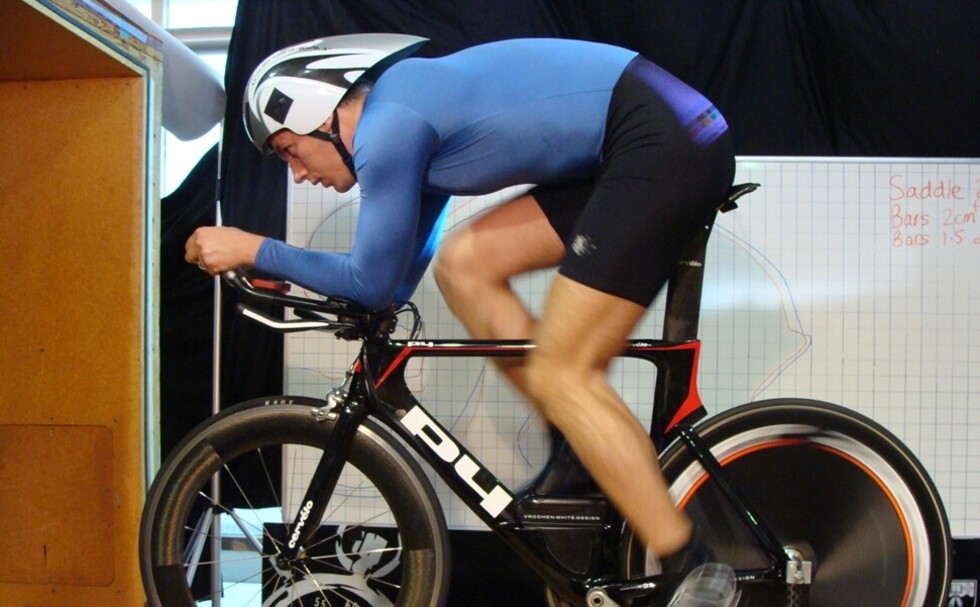Womens Specific (WS or WSD or Femme etc) products have been a hot market in the cycling industry in the last few years. The marketing for such items is driven by emphasising the differences between Males and Females and that, therefore, the ladies need different equipment.
Are the ‘facts’ about the differences based on reality? Or merely a convenient marketing justification? What a comprehensive survey shows is that, wait for it, taller people tend to have longer legs, arms and hands – but not that there are significant differences between genders.
(I’ll try to avoid this becoming too numbers focussed but I can’t really make any promises. I’ll at least make sure that I summarise the numbers in words.)
This area (Girls vs Boys) has, for a long time in cycling, been a realm of myth and anecdote. As an analytically minded person I’m not a fan of such fuzziness and have long used the NASA anthropometric summary data to evaluate gender differences. Further research turned up the USA military database – 132 body measurements on nearly 4000 individuals. With this information we can draw some factual conclusions about the topic at hand.
The number one claim made in justifying WS bikes is that “Women have proportionately longer legs than Men” As a bulk average, this is completely untrue. If we average all men and all women, the men have longer legs relative to their upper bodies.
However, the bulk average is an extremely simplistic way of looking at the matter (also the issue with the current gender pay equality debate in NZ). Since we have rigorous intellectual standards we’re going to aim for a better understanding than that. Inseam compared to height. This graph is comparing inseam and overall height for all subjects What it shows is that taller people tend to have proportionately longer legs. This holds true for both genders (the straight lines are the trend lines for each gender). So the fact that women tend to be shorter than men (note the 13cm mean height difference in the first table) means that as an overall average they have proportionately shorter legs.
Inseam compared to height. This graph is comparing inseam and overall height for all subjects What it shows is that taller people tend to have proportionately longer legs. This holds true for both genders (the straight lines are the trend lines for each gender). So the fact that women tend to be shorter than men (note the 13cm mean height difference in the first table) means that as an overall average they have proportionately shorter legs.
Without dragging up too many of your happy memories from high school maths classes you’ll see that the standard deviation of the data is far larger than the nominal difference between genders. In fact if we use a 95% confidence interval on a Male and Female of equal height we get the table below:
Statistically we call that “no significant difference”.
If we’re to get really technical (no eye-rolling please) and look at the length of the torso compared to the inseam (because the length of your neck and head are not relevant to bike fit) the gap between genders narrows further.
The conclusion from all of this is that there is a big variation in individuals – it’s easy to have inseam differences of several centimetres in ‘normal’ people (ie excluding genetic outliers) of the same height but there is no evidence of an important separation between men and women in this regard.
As they say on my favourite TV program “Myth busted”(maybe bike designers believed the false impression high heels give??)
On to claim number two: “Women have smaller hands than men”
Yes and no..
Women do tend to have less bulk in their hands – narrower and less meaty. But a man and woman of equal height will likely have hands of the same length – which is the important aspect from a bike fitting perspective. And you’ll note that the 95% ranges for Hand Circumference do overlap so we’re not talking a huge difference in the hand bulk either.
Again, women being shorter means they tend to have shorter hands. But this is a feature of being shorter people – not belonging to a certain gender.
Another myth dispelled.
Some companies that have looked a bit more closely at this topic have recognised that the leg length difference is a fallacy, but then they claim that women have shorter arms.
So that is claim number three: “Women have shorter arms than men”
Again – No.
Clearly in this case there is more of a difference in the average arm length (so a higher likelihood that a small sample could show a difference) – but that difference is still minor compared to the individual variation within each gender so we cannot make any generalisations by gender.
It follows that, given there are no meaningful differences in proportions (again just from the bike fit perspective), there is no need for ‘specific’ (which is a fallacy in itself) frames for women.
That’s not to say that there aren’t differences between the genders that make a difference in bike fit, but that’s a topic for another day.

